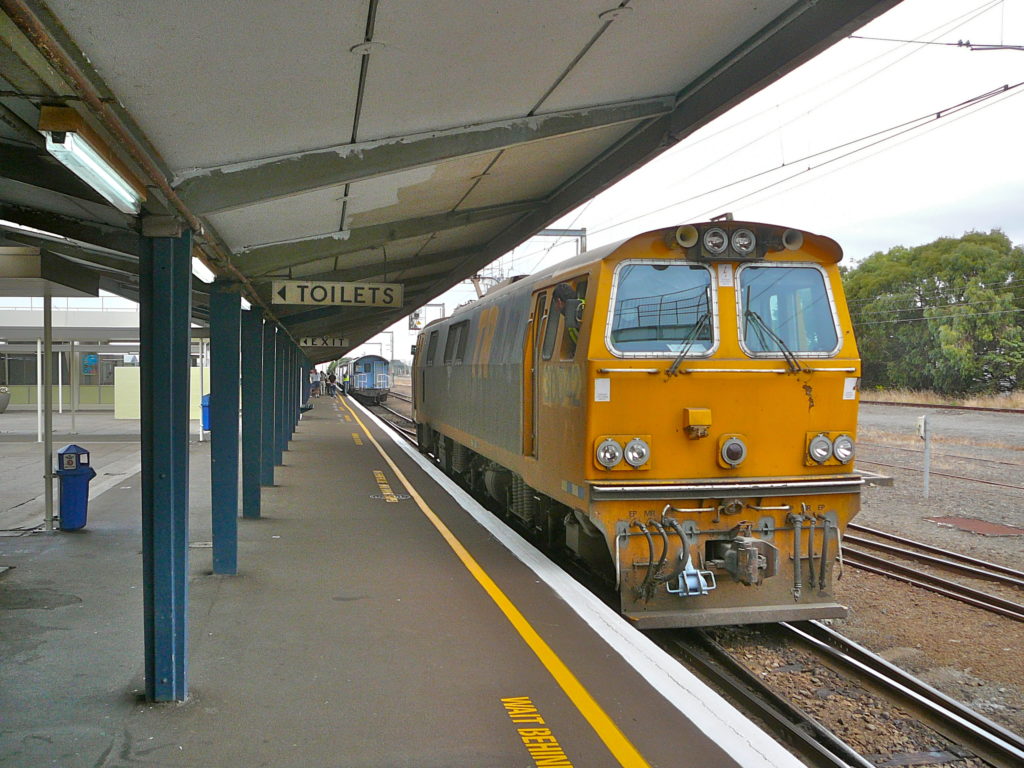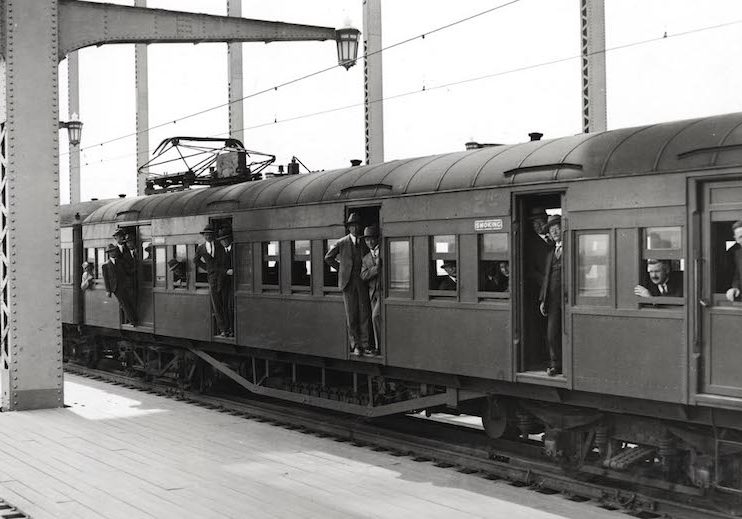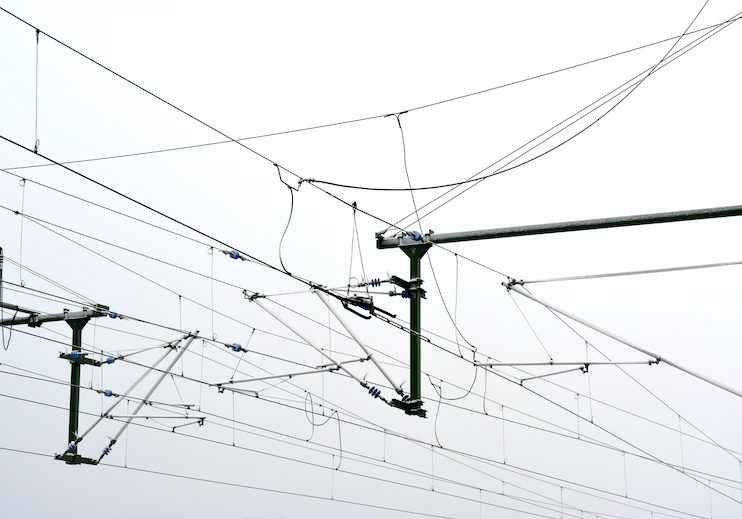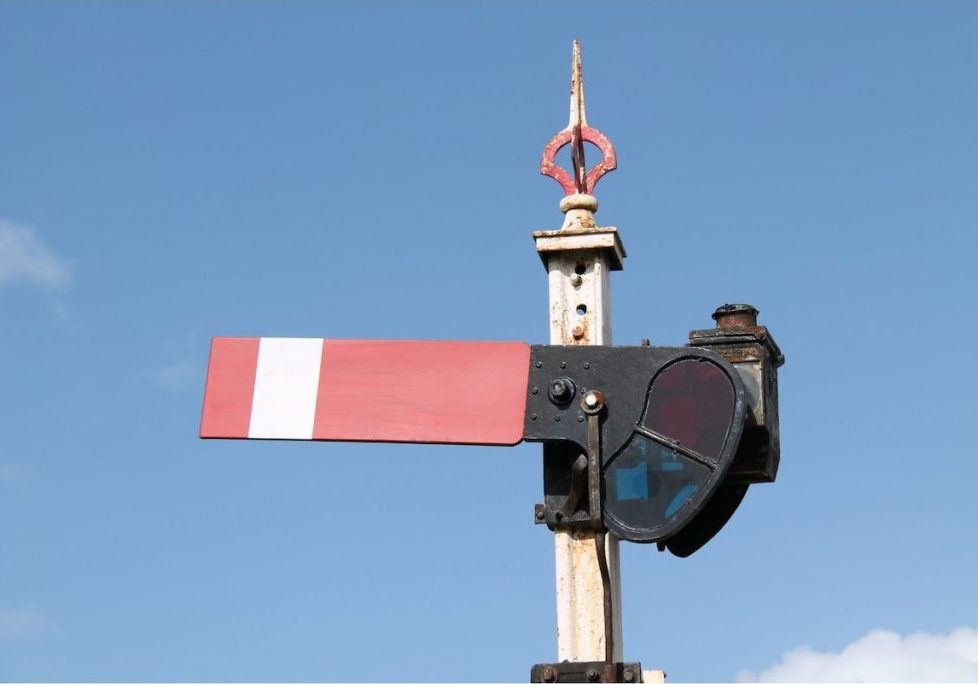The evolution of railway electrification in New Zealand
Railways are one of the most efficient mode of transportation and have been crucial to the growth and expansion of many western countries. In fact, railways have been an integral part of the social and economic development of New Zealand since as far back as the 1860s.
And, although this information has gone relatively unmarked up to now, electric railway systems were introduced to New Zealand in Wellington in the 1930s. However, until recently, electric trains have generally been passed up in favour of diesel engines.
Where New Zealand’s electric trains are situated
New Zealand has three separate electric railway systems, all located on the North Island of New Zealand, and along the North Island Main Trunk (NIMT), which is the main railway line connecting Auckland to Wellington.
The electrified portions of the NIMT account for approximately 65% of the railway. The first electrified railway system connects Wellington to Waikanae, the second section connects Hamilton to Palmerston North, and the final section connects Auckland to Papakura. There are currently plans to extend the Auckland railway electrification through to Pukekohe.
When New Zealand’s electrified railways were introduced
New Zealand’s rail electrification began with the Johnsonville line in Wellington in 1938, following a report commissioned by the Minister of Railways in 1925. However, further railway electrification plans were rejected; instead, their diesel-powered counterparts were favoured for many years until the 1973 energy crisis forced the New Zealand government to reduce its dependence on imported oil.
The electrification of the middle section of the NIMT was part of the Think Big projects imposed by the third National Government of New Zealand in the late 1970s to early 1980s. The railway electrification project to cover the 412 kilometre stretch between Hamilton and Palmerston North was approved in 1981 and completed by 1988.

Auckland rail electrification only took place recently, between 2014 and 2015, to replace the steam and diesel locomotives as one of the projects to upgrade Auckland’s transportation infrastructure. The electrification extends 34 kilometres south, from downtown Britomart in Auckland City through to Papakura. The government announced further plans in 2020 to extend the Auckland railway electrification right through to Pukekohe.
Why the future of rail is electric
Electric trains have many great benefits over their diesel-powered competition. The most obvious positives offered by electric trains are their reduced environmental impacts. Electric trains draw all their power from the grid and are therefore a lot more environmentally friendly when compared to the pollution produced by diesel-powered engines.
Additionally, electric trains also produce a fraction of the noise pollution compared with diesel trains – which is a benefit for both those on and outside the train. If you haven’t had an opportunity to travel on an electric train yet, a good way to picture the difference is to consider the noise of a normal petrol or diesel vehicle compared with the quiet offered by a modern electric car.
Costs are another significant decision-making factor when comparing electric and diesel trains. The cost per kilometre for electric trains is over 50% cheaper than diesel trains when measured according to fuel intake and maintenance costs.
Another significant benefit to electric trains is their speed. According to an Auckland Transport technical summary, electric and diesel trains run at the same maximum speed of 110 kilometres per hour. However, electric trains accelerate and brake twice as fast as their competition. To illustrate the practical benefits of this, the 34-kilometre journey from Auckland to Papakura is 10 minutes quicker by electric train compared with their diesel-powered counterparts.
Why the switch to electric railway wasn’t made earlier
The main factor when considering upgrading to an electric railway system is the high capital costs of the project. Electric trains are generally estimated to be three times more costly than the diesel-engine trains. However, because electric trains have roughly double the life span of a diesel-engine train, this cost is neutralised over the life of the train.
The primary issue in New Zealand has always been the challenge of infrastructure. One of the significant advantages of electric trains is that they don’t have to carry their fuel source with them, as the train draws its power from the electrified railway overhead cables. However, overhead lines must be built along the railway’s entirety for these trains to run.
However, modern engineering is constantly improving, so the current capability to build this infrastructure is greater than ever. Along with the need to create an environmentally friendly transport future, the New Zealand Government recognises the benefit and demand for electric railways and all parties are now investing in it more heavily.
Continue reading
The evolution of railway electrification in New Zealand
Railways are one of the most efficient mode of transportation and have been crucial to the growth and expansion of many western countries. In fact, railways have been an integral part of the social and economic development of New Zealand since as far back as the 1860s. And, although this information has gone relatively unmarked…
Overhead Line Electrification (OLE) for Railways
Answers to your 5 most commonly asked questions While electric trains have been around in New Zealand since the early 1900s, they don’t often get much publicity. Consequently, we tend to take them for granted and have little idea of how electric railway systems actually work. Here at Alpha Rail, our goal is to increase…
How do railway signals work?
An important aspect of railway design, construction and safety is the signals deployed along the track. Signalling is a crucial part of the railway infrastructure and over the past decade, upgrades to signalling systems on railway networks around the world have helped to improve the overall safety of those rail networks, enabling trains to move…
Get in touch today
We understand all of the requirements and don't produce
anything that can't be built.
EXPLORE THE SITE
CONTACT US
PO Box 71050, Rosebank, Auckland, 1348
© Copyright 2024 - Alpha Rail Ltd.



